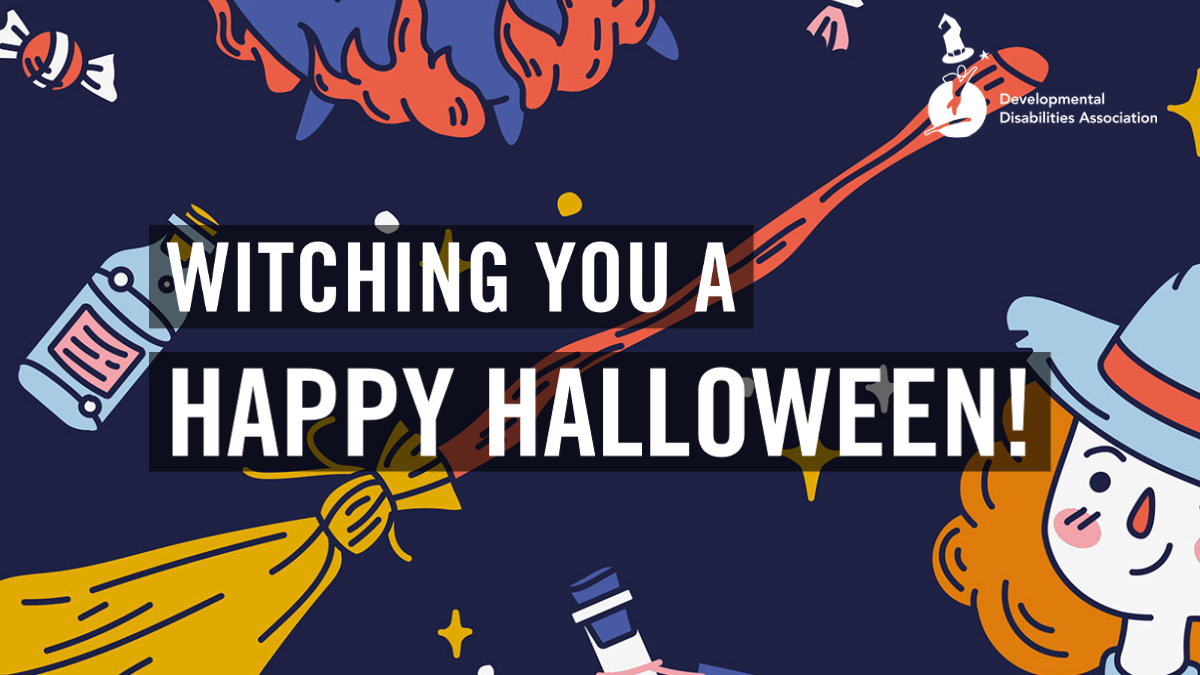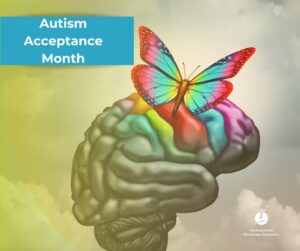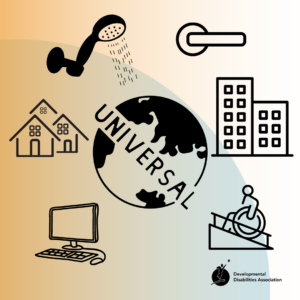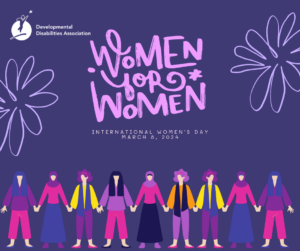Spooky Season is here! And you know what that means?
Candy, Chocolate, Costumes and Trick-or-Treating!
Halloween is always a fun time, but it isn’t always the most inclusive. As a community, we need to strive towards making sure no one feels left out, and that everyone can enjoy the spooky evening! So, let’s takes go through a few tips to ensure your Halloween celebration is inclusive.
1. Sensory Overload– Some people struggle with sensory issues and have trouble processing information received through these senses. What can you do? Communicate with your friends and try to learn about their sensory issues and try to limit these triggers (such as strobe lights and loud music). Be on the lookout for someone experiencing a sensory overload and take them somewhere they can take a break. And finally, some people may have sensory issues with wearing a costume, let’s respect their decisions. No costume? No problem!
2. Allergies– Oh allergies, they are truly something we tend to forget when planning a party or celebration. It is important to realize many people with developmental disabilities may have allergies or other food-related issues such as diabetes, swallowing issues and oral motor challenges. Halloween candy can be a bit of a bummer for people who struggle with these kinds of things but there is an easy fix! Consider having non-candy treats or communicating with your friends to see what they can and cannot eat. Having a few extra snacks or treats on the side can make a huge difference for someone with a food allergy.
3. Anxiety– Anxiety disorders differ from normal feelings of nervousness or anxiousness, and involve excessive fear or anxiety. Definitely not a fun feeling to trigger on Halloween, so let’s fix that.
- First, try to cut back on certain creepy decorations that are less “wow!” and more “ugh..”
- Secondly, keep your pets inside, this keeps your pet safe but also helps with people who struggle with anxiety over animals.
- Third, avoid wearing scary masks or trying to scare trick-or-treaters that may come knocking on your door.
4. Trick-or-Treating– It’s always fun to go trick-or-treating, but for some the experience can cause stress or anxiety. Fear not! There are ways you can ensure that trick-or-treaters coming to your door can have a happy and safe experience!
- Step one, keep in mind people who are non-verbal and cannot say “trick-or-treat” or “thanks.” Do not force someone to give you a verbal response, and be sensitive that some people may not be able to give you your expected social feedback.
- Step two, make sure the location where you hand out treats is well-lit and accessible for people with physical disabilities. If your front door is not an accessible area, try your driveway or at the edge of your lawn.
- Step three. When addressing trick-or-treaters, consider not wearing a mask or making sure they can see your face and mouth as you speak to them. This can help people with anxiety and people with speech and hearing issues!
- Lastly, some people are part of the Deaf or Hard of Hearing community, why not take the time to learn a few simple signs just in case you need them?
It’s the smallest things that can make the biggest impact on someone. Let’s make this Halloween inclusive for all 🙂
Let’s remember one thing: dressing up is a LOT of fun, but it will never be an excuse to mock someone else’s culture, race, or ethnicity. It is not a free pass to wear certain costumes that have real consequences and negatively impact the people that deal with this kind of discrimination every day. Let’s keep Halloween safe and inclusive by leaving culturally insensitive, racist and sexist stereotypes out!
Have a safe and happy Halloween 🎃🧡



